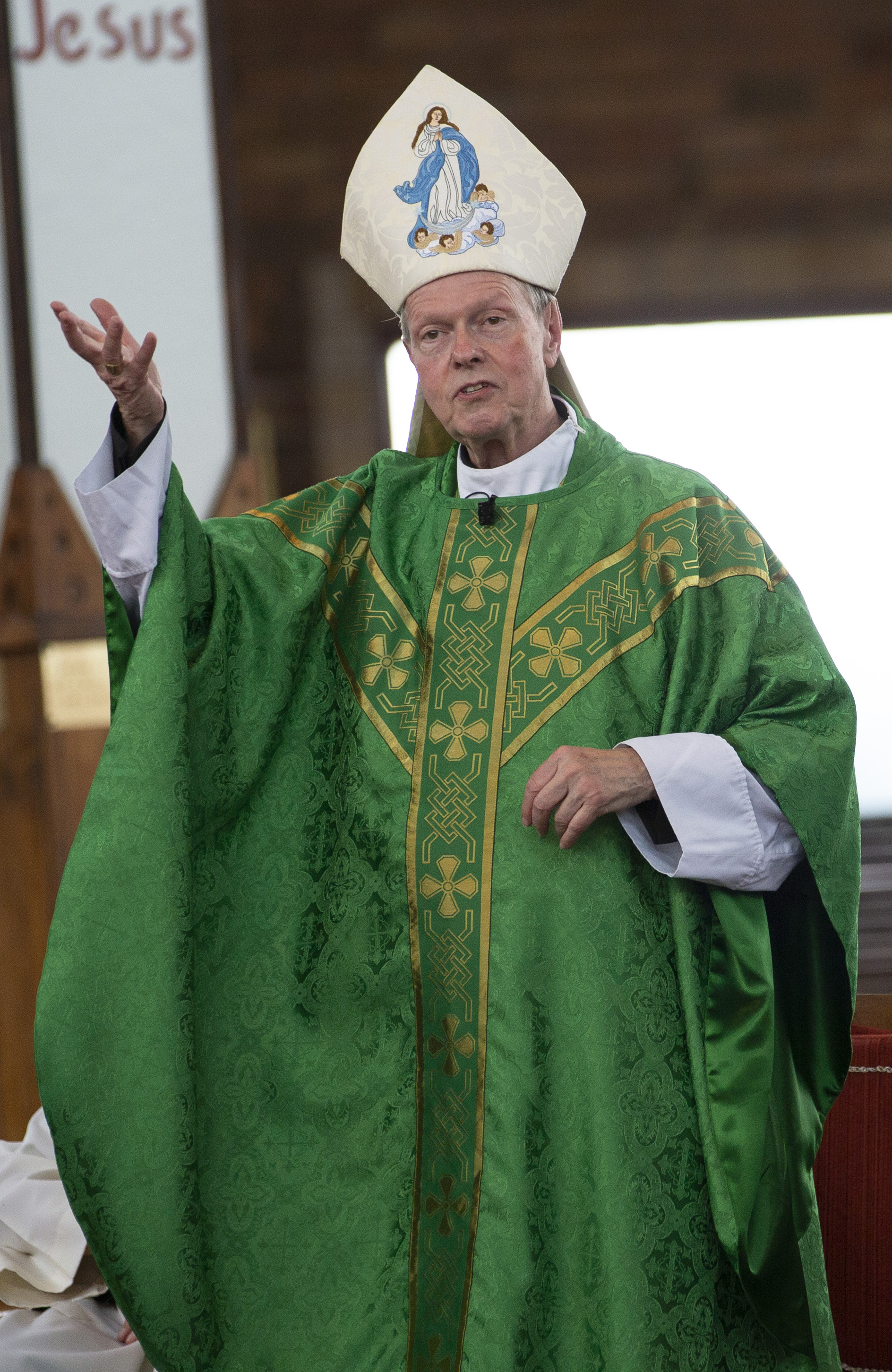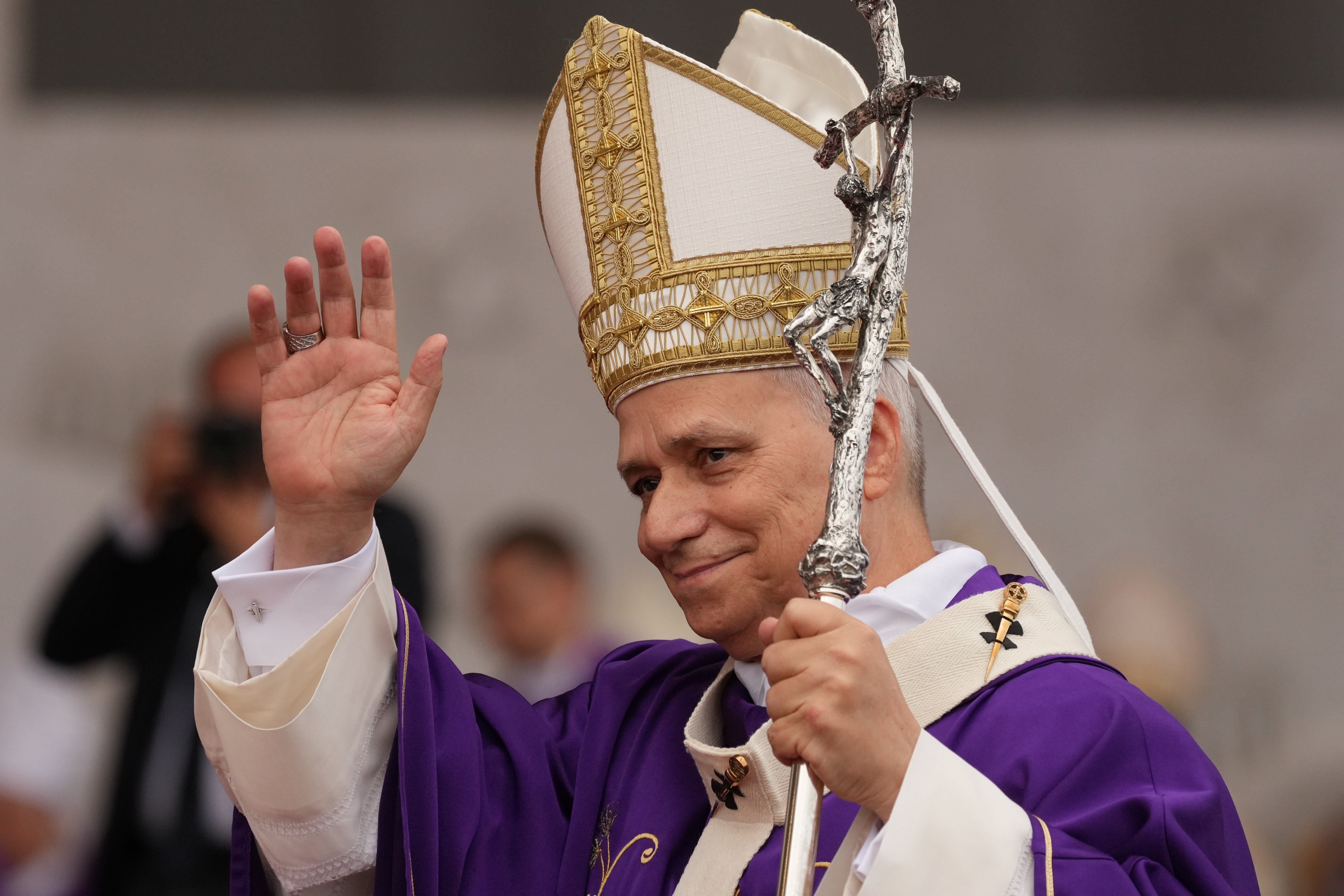January 31, 2023 at 9:36 p.m.
The older I get the more I am amazed at the depth and simplicity of the discourses of Jesus. Sometimes he speaks in parables, sometimes in metaphors or even riddles. Everything he says, however, reveals something about who he is as a divine person with both a human and divine nature.
Take an example from a recent weekday reading. Jesus compares the Kingdom of God to a mustard seed, an almost invisible dot, not much different from a poppy seed, that contains within it the genetic material to evolve into a tree large enough for birds to nest in. He could have used an acorn or walnut as an example, but I suppose neither was as common in the area he preached in. Besides, the mustard seed is so tiny that it makes the point even better that God’s powerful presence is often hidden and grows quietly.
In the same narrative he also notes that, as any farmer or horticulturist knows, it takes time and patience for the crop to mature but, if the conditions are favorable and sufficient water and sun are present, the plant can be counted on to grow of its own accord.
Of course, the Divine Word knows all about nature: he created it! Clearly he wants us to learn from it, since the patterns etched into the nature of things-as-they-are tell us something about our spiritual lives. Some have proposed that science will eventually eliminate the need for faith. On the contrary, in the mind of Jesus, they complement and enhance one another. That’s why he uses examples from one form of creation (nature) to illustrate another (grace).
Consider the tomato. It is round, red, sweet and beautiful. Science can analyze its structure and chemical components. It can detect its sugar and acid balance and its nutritional — mineral, vitamin and caloric vitamin content, and so on. Science, however, cannot tell us why the tomato or, for that matter, why its taste might delight some and not others. The beauty of the tomato is yet another matter. What is it about its color and shape that makes it so delightful?
Many times, throughout my life, I have heard people exclaim what a wonderful artist God is. Who have not been enthralled by a sunrise or a sunset, the patterns of clouds, the breathtaking array of a flowered field. Jesus himself spoke of the “lilies of the field” — probably red poppies — which even Solomon in all his glory could not match. We see in him the eye of an artist, the mind of a scientist and the skill of an architect. God is all of these and all these disciplines play a role together in revealing the richness and mystery of Creation.
I have heard faith itself described as a way of seeing. Reality is so much more than what first meets the eye. In order to appreciate what is good, true and beautiful one must approach reality with certain respect, a willingness to be captivated by it. In a certain sense — I remember one of my professors of philosophy saying — “reality imposes itself upon you.” What makes good science so reliable is exactly that one can count on it always to produce the same result from the same repeatable process.
At the same time, some processes can be relied on to produce almost infinite varieties. No two snowflakes are exactly alike. Nor are two relationships, two friendships. An element of mystery always seems to accompany any two people when they come together in an open and respectful dialogue. The two men on the road to Emmaus may have been arguing. Certainly, they were trying to make sense of the stories they were hearing about reappearances reported by some women of Jesus after his death. As they probed the mystery, Jesus actually showed up, fulfilling what he had promised, that where two or three are gathered in his name, he will be there in the midst.
It is as if Jesus is saying, follow the science, but expect more from life than what you can learn from one dimension alone. Reality is layered — packed! Artists certainly know this, or at least intuit it. They may exaggerate or minimalize, highlight or shadow. They do not change reality so much as bring it out, in explosions of color or, in the case of music, bursts of sound that at times imitate birdsong and night sounds of forest critters, the roar of lions and the humming of bees. The entire panoply of creation is the subject of artistic imagination, of which Jesus himself certainly had no match. As the psalmists declare, the heavens are full of the glory of God!
If there is one thing science, art and faith have in common it is a blessed rage for order, a passion for form and structure that, each in its own way, reveals an economy and purpose, things that somehow fit together. One sees this pattern at work in the very essence of God, a Trinity. A Creator that breathes a Word, an expression that is at once co-equal, and the very breath of which, the Holy Spirit, is as truly God as the Father and the Son. That beauty is written all over Creation. All beauty is intentional!
To me, science poses as many questions as it does answers because the author of all science, the God who created its laws (and mysteries!) sets before us a universe of infinite discovery, that can never be totally known or understood. Faith reminds us always that it is okay to explore, to ask questions, to want even to love the mystery rather than bemoan is inscrutability. Art, the language of beauty, which caresses the science and the mystery with the sweetest affection and appreciation, reminds us that at the center of the universe is not a cold, unyielding plan, but a beating heart, tender enough to be broken, strong enough to warm the wayward soul.
One of the goals of education is to form the learner in accord with the truth of nature, the supernatural destiny of every human person, and with a love for the beauty and landscape in which all life is invited to play. Science, art and faith are, as it were, a kind of dance rhythm which, celebrated together, can bring joy to the process of growing in wisdom, age and grace. Jesus himself, by the pattern of his life and the manner of his teaching, reveals to us the fullness of the mystery of God and God’s creation in the images and parables, the stories and miracles that always left his listeners craving for more, especially children.
Why especially children? Maybe because children like to play and because, in this regard they are most God-like and recognize in Jesus something of their innocent abandonment to wonder, discovery and just plain fun. Science, faith and art that are not infused with these qualities become dismal and boring. Think about it. Somehow, separated from one another, they do not bring out the best that God’s creation has to offer. Together they reveal the smile of God
@AlbBishopEd.
- Venezuela strikes, takeover plans violate international law, says Notre Dame scholar
- Pope Leo, bishops react to US capture of Maduro with concern for Venezuela
- Washington Roundup: Trump drops National Guard deployment, Roberts says Constitution remains ‘firm’
- Kentucky, Wisconsin bishops issue statements affirming dignity of migrants
- Son of Catholic influencer, prayed for by thousands, dies
- Israel bans dozens of aid groups from Gaza, including Caritas, drawing condemnation
- Trump’s order and Pope Leo’s vision for regulating AI: Can they converge?
- ‘Be open to what the Lord has in store for you,’ Pope Leo tells SEEK 2026 attendees
- Become a member of the Magi
- Full text: Pope Leo XIV Angelus address on Jan. 1, 2026








Comments:
You must login to comment.